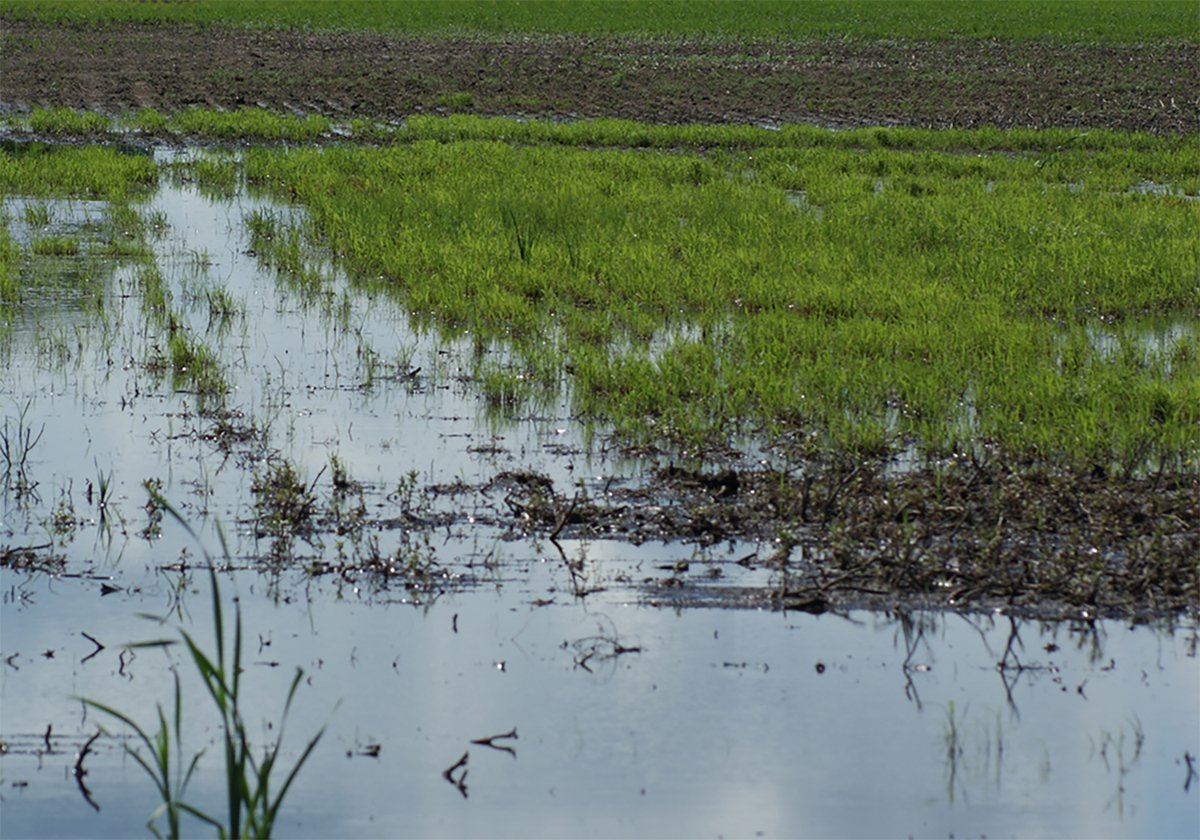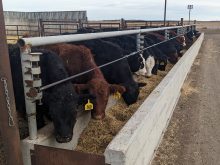Calpas operates Calpas Farms Consulting based in Lethbridge.
Debate and polarization continue in your pages over the Canadian Wheat Board. Lost in the rhetoric are the real issues that are bringing the western Canadian grain industry to its knees.
In the absence of a forward vision for agriculture in Canada, our farmers have been forced to diversify, intensify and magically survive in the face of all odds.
Giving up the Crow Benefit transportation subsidy for a pittance, the termination of the Net Income Stabilization Account program, cutting research and agricultural budgets by 30 percent and the introduction of the ill-advised agricultural policy framework and the Canadian Agricultural Income Stabilization program, are among the most recent examples of bungling that the provinces were negotiated into.
Read Also

Topsy-turvy precipitation this year challenges crop predictions
Rainfall can vary dramatically over a short distance. Precipitation maps can’t catch all the deviations, but they do provide a broad perspective.
Then we have the infamous, near-dead World Trade Organization deal where Canada rushed to give away the farm and the bank while the United States and the European Union carried on their merry subsidy way.
Gullible, generous Canada, paving the green way to protect the supply management sector and running scared. The foregoing events are shaping the “writing off of the rural west” as was dramatized this summer in CBC’s Ideas broadcast.
The federal terms of agriculture minister Lyle Vanclief and deputy minister Samy Watson foisted a decade of disaster on Canadian agriculture during the 1990s.
And the provincial ministries of agriculture drastically aggravated the situation by devastating their agricultural extension services while the skeletal remains of demoralized staff in the field were hamstrung by endless reorganizations.
These subtle non-policies seem embarked on sacrificing and eventual phasing out 50 to 70 percent of western farms and rural communities.
Meantime, farmers struggle and debate about their last vestige of control. Why not rid the country of the marginal survivors for good? That’s the hidden agenda.
It’s time the farm lobby and the Canadian Federation of Agriculture unified to demand of the federal and provincial governments a Canadian Farm Bill, perhaps more accurately defined as a Canadian Food Bill.
Canadian consumers can well afford support of viable sustainable agriculture in our country. Instead of ripping at agricultural research budgets diverted to food safety and consumer issues, let consumers through fair food prices pay their share instead of downloading on producers. Don’t say the majority of our society who can afford higher-end homes, sports utility vehicles and vacations can’t afford to pay a bit more for food.
How about a consumer food checkoff? Some 30 million Canadians consuming say five million loaves of bread per day, which translates into $250,000 per day or $90 million per year with a nickel per loaf checkoff. Add other basic food commodities, excluding the supply managed ones, and you have millions in revenue to support a Canadian Farm Bill.
Turning to the Canadian Wheat Board, as options to the alternatives under current debate, has anyone considered the following, which the board could implement on its own:
- Get rid of the hated buy-back to stimulate value added marketing domestically, thus spurring commerce and rural revival, instead of exporting jobs.
- Allow pro-choicers to opt out for two to three years to free-wheel market on their own.
Under the North American Free Trade Agreement, producers should have the whole continent to access but the volume wouldn’t represent more than 10 to 15 percent of production. That would leave the board exclusive domain for all offshore exports that should be pursued more aggressively via bilateral trade agreements.
Whatever price premiums exist in the U.S. would soon level out by their aggressive protectionism. Don’t think that parades of B-trains steaming across the border won’t get the U.S. farmers’ backs up with history repeating itself, including rapid disappearance of premium prices.
We’re familiar with the sensational lobbies of Montana and North Dakota senators, R-CALF, softwood lumber, and so on. All existing infrastructure remains in place to facilitate the board’s more aggressive and concentrated focus on the offshore markets.
As the world’s most efficient farmers, I’m sure western grain growers can and would rise to the challenge of filling both markets by significantly expanding production, given the global demand for food and fuel.














